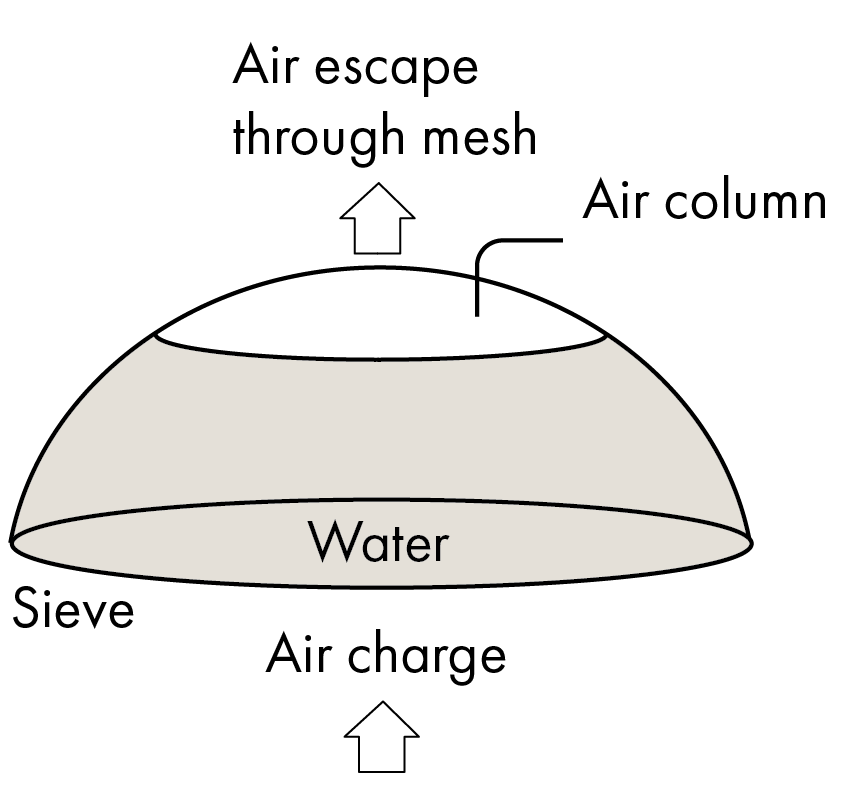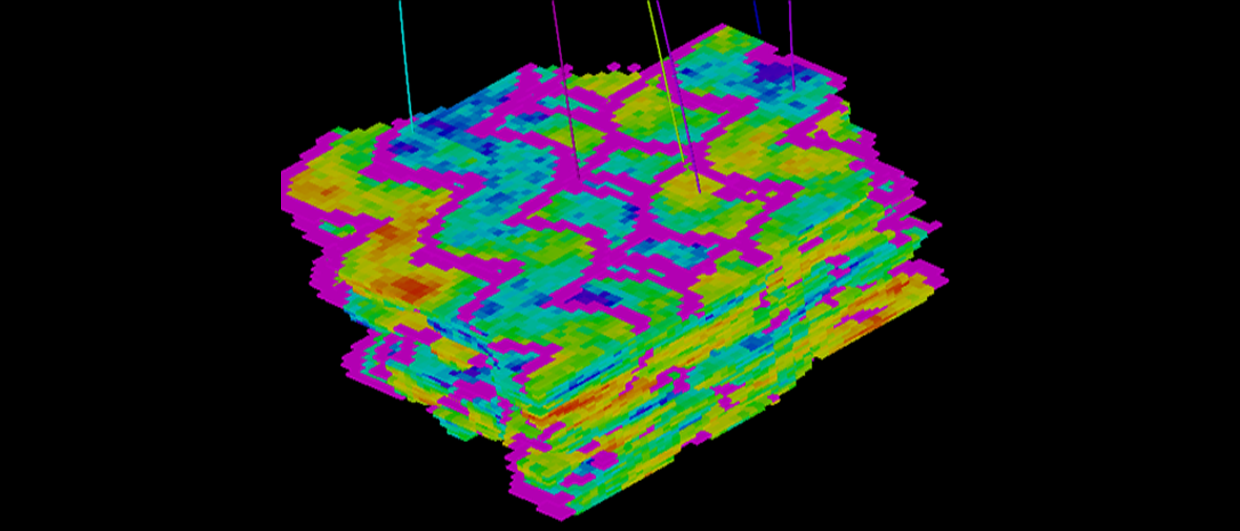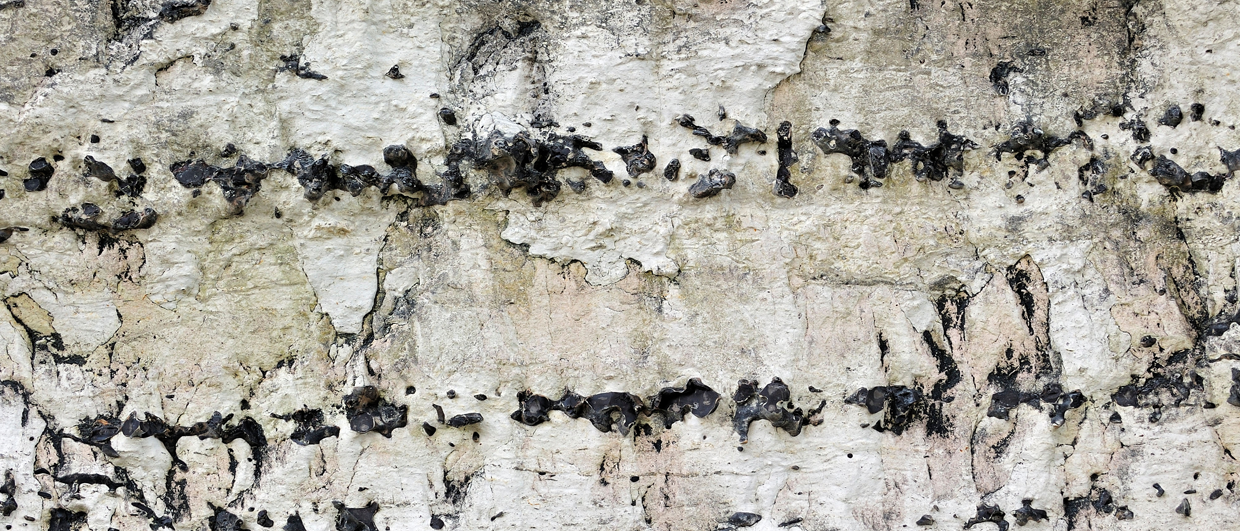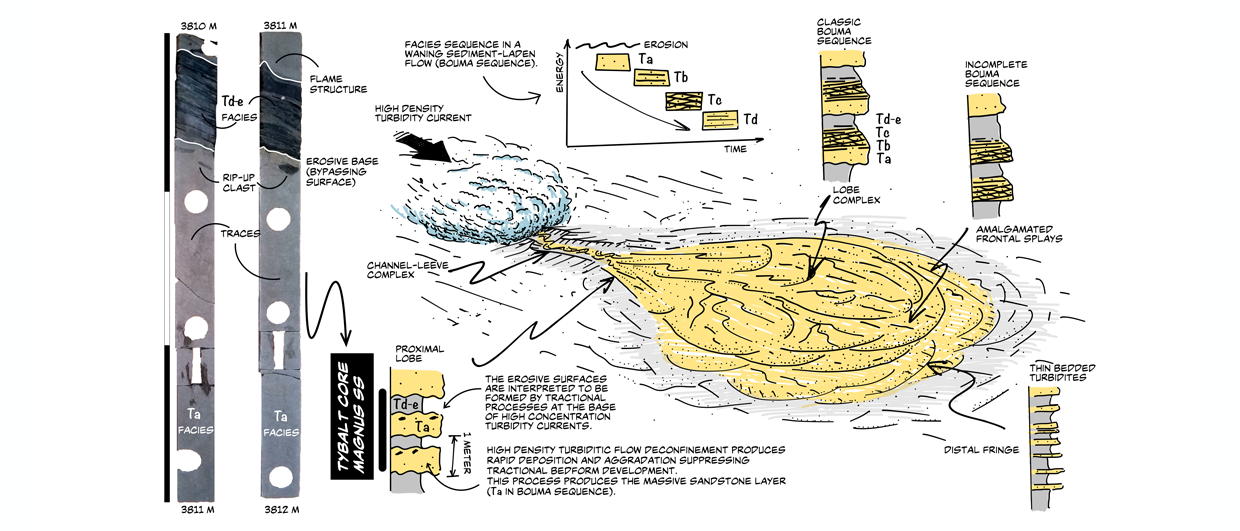A seal is a rock that has a higher capillary entry pressure relative to other adjacent rocks. The higher the contrast, the greater the hydrocarbon column it can hold. The sealing capacity is a function of interfacial tension between the hydrocarbons and water. It is not a function of seal thickness or fluid overpressure. So, all that is needed to hold the entire hydrocarbon accumulation is a single layer of pore throats.
Once a hydrocarbon column builds sufficient buoyancy pressure, the fluid enters and flows through the seal pore throats – either between grains or in fractures. The flow continues as long as there is sufficient pressure to drive it. Seals act as a valve. There is no permanent pressure damage that would drain the entire trap. The seal simply releases the fluid and pressure that exceeds its sealing capacity and it can do so repeatedly and over hundreds of millions of years. Using the term “failing” is therefore a misconception.
That’s why we see long-lasting low-saturation gas chimneys on seismic. Somewhere underneath there is a trap filled to maximum capacity and leaking at the rate of hydrocarbon charge. Seeps are a good thing!
Experiments with sieves submerged in water holding an air cap illustrate this nicely. In these experiments, a burst of air is periodically released and the air column below decreases to about a half. A recent more realistic experiment imitating the sediment and slow charge shows gradual air release and the air column stays the same.

Mechanical breaking looks more promising… but is it?
First, can a rock fracture from increased hydrocarbon fluid pressure? It seems reasonable from the perspective of leak-off tests. But as Zhiyong He recently pointed out, it is unlikely. Hydrocarbon generation is an extremely slow process, in the order of 0.01 cm3 per year per cubic meter of source rock – more than 8 orders of magnitude slower than the pumping rate for shale fracking. Generated pore pressure likely dissipates as fast as it grows.
Second, clay-rich seals are ductile under mechanical deformation and form a fold rather than a discrete fault. With increasing displacement and less clay in the sedimentary sequence, deformation will look more like a fault. But then the shales on the fault will smear, and brittle rocks may grind to a fine-grained sealing fault rock. The maximum potential sealing capacity may be reduced but a wide range of actual sealing capacity is still possible.
Third, can we talk about a seal failure if the fault was active long before the first hydrocarbon charge? To me, it is a part of geological history that either created a fault seal or did not. Provided enough time, fractures and fault rocks may cement under elevated burial temperatures. Thus, faults carry a range of possible sealing capacities that may be higher or lower than the adjacent sedimentary seal capacity.
In summary, it matters how we call things. To me, the term “seal failure” seems rather overused and misleading.




